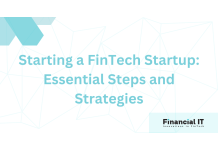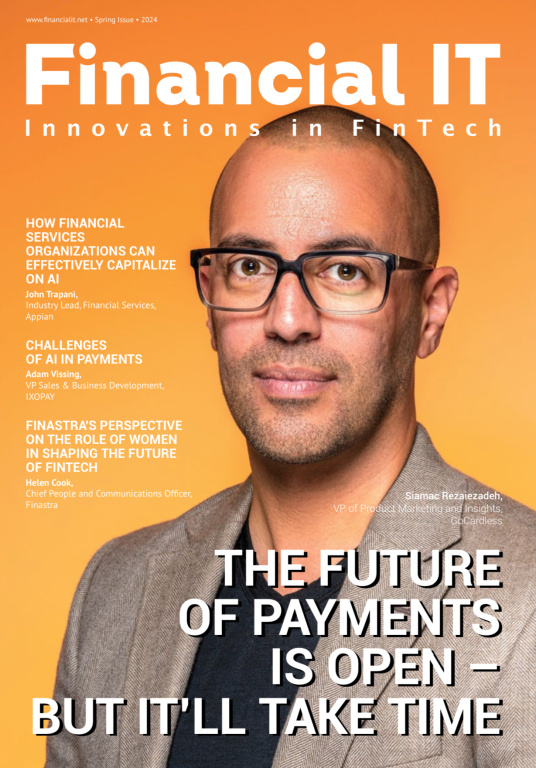How Embedded Finance Can Become the Driver of Financial Inclusion

- Ivo Gueorguiev, Co-founder at Paynetics
- 09.04.2024 01:30 pm #embeddedfinance #ecommerce #payments
Financial inclusion is essential for the public, businesses and government nationwide. News in March revealed that the UK experienced the sharpest increase in absolute poverty in 30 years, with almost a fifth (18%) of the UK population in absolute poverty. We already know more than 11 million working-age people in Britain have less than £1,000 in savings, and food bank use is reaching record levels.
Millions are struggling not just with financial security but financial services access. Research from PwC found that in 2022, there were approximately 20.2 million financially under-served adults in the UK, suggesting at least 1 in 3 adults may have difficulty accessing credit from mainstream lenders. This staggering lack of access extends across the globe. According to studies by The World Bank, one in three adults still need access to basic financial services like bank accounts or loans. It’s a cruel and vicious circle. Without access to basic financial facilities, people face significant barriers to economic participation, blocking their ability to save, invest and plan for the future.
As such, we need to see financial inclusion not solely as a matter of convenience or accessibility. It’s a critical issue regarding levelling the playing field and ensuring equal opportunities are offered to all members of society. And though expanding financial inclusion and addressing financial fragility should be driven by governments, it’s an area where evolving technology can help.
Breaking down financial barriers
Embedded finance - integrating financial services into non-financial experiences - is a quickly growing market with an ever-increasing array of use cases. One such is the issuance of digital wallets (or e-wallets) by traditionally non-financial organisations, and this is an essential part of driving better financial inclusion.
Digital wallets are an easy way to extend banking services to previously unbanked customers. People in the UK, for instance, may struggle to open a traditional bank account due to poor credit history or lack of fixed address but can use a digital wallet due to lower entry barriers. This could be part-managed by the public sector for example. By using embedded finance solutions, governments can create digital wallets or accounts for individuals who can’t access traditional banking services.
Another area where embedded finance can play a critical role is lending. Again, many may struggle to access credit from traditional banks but may desperately need it in this current economic climate. However, if more service providers can offer credit, it may be easier to manage costs. Retailers like Iceland in the UK are exploring loan services: the Iceland Food Club offers interest-free micro-loans of up to £100 on pre-payment cards that customers pay back at £10 per week. Embedded lending technology can make it easy for other businesses to seamlessly offer similar credit schemes to their customers and help spread out biting costs.
Rules and regulations
Embedded finance can dramatically improve access to financial services because it can be offered at the point of need and convenience. The implementation of embedded finance must be done carefully and with full compliance. As financial technology grows, regulatory frameworks are evolving to keep up, and companies looking to incorporate fintech offerings need to be aware of and abide by them.
For instance, the European Commission last summer published proposals for the Payment Services Directive 3 (PSD3, updating PSD2) and the Payment Service Regulation. The proposals intended to improve consumer protection and security, thus levelling the playing field between banks and non-banks and fueling open banking, among others. Although the process of finalising these proposals and the Member State transition period mean there is little time before these new regulations come into force (Deloitte estimates at the end of 2026), these new regulations illustrate a sector coming under greater scrutiny and susceptible to reshaping as new payment challenges emerge.
Overseas, in November, the US Consumer Financial Protection Bureau proposed new rules to regulate Big Tech’s digital payments and smartphone wallet services. A rapidly evolving sector is an exciting space to operate in but agility is needed to adapt to the changing regulatory landscape. That’s why many organisations embracing embedded payments will collaborate with a payments partner to help them navigate shifting rules while still rolling out services at scale.
Shaping the future
The agility and tech-led service along with a core focus on the customer experience, mean neo-banks are particularly well-placed to shape the future of financial inclusion. The digital innovation propelled by fintechs recognises the need to assist with financial wellbeing, with many offering spending trackers and budgeting tools to add value to the customer experience. Embedded finance helps bridge a gap to offer inclusive models in non-banking spaces and break down the financial barriers to products and services.
In finance, inclusion and innovation go hand in hand. Enabled by digitisation and embedded payments, we can open up financial access and support people shut out of services. It’s a question of equality, and it’s also a growth opportunity, giving organisations in finance and beyond the chance to expand their customer base and take their business to new levels.
As financial services evolve, inclusion shouldn’t be relegated to an afterthought. It’s at the heart of an exciting new era for the space.






















